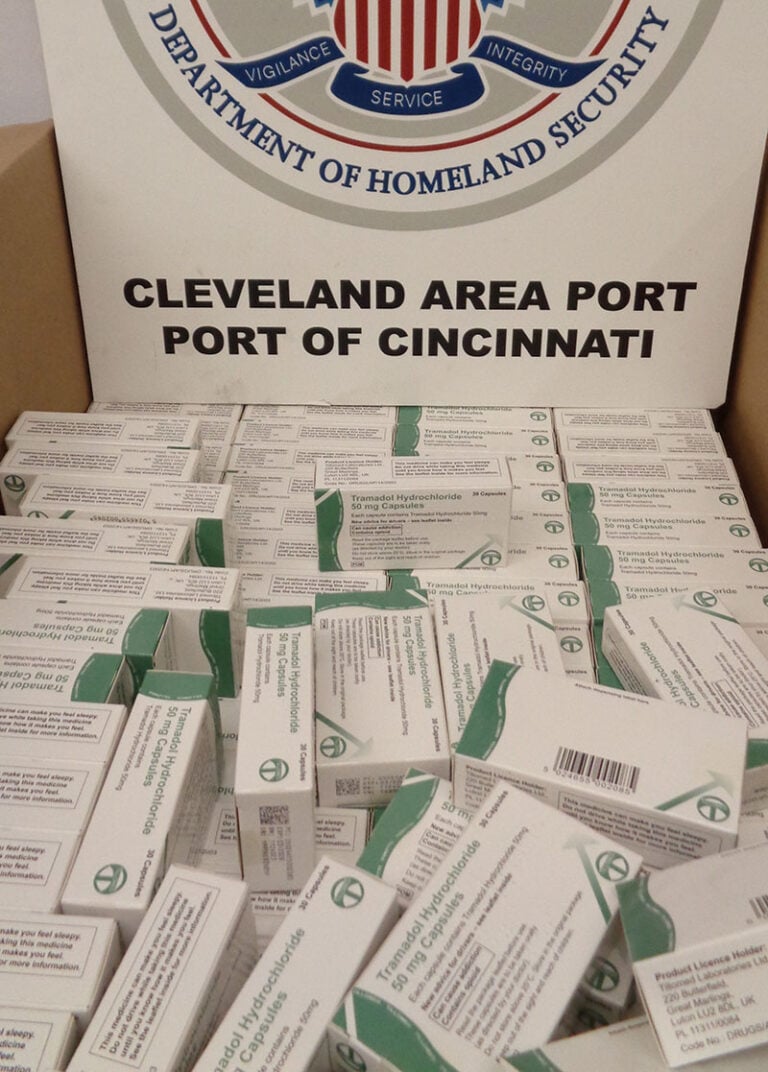Gov. Andy Beshear reported 910 new COVID-19 cases and 17 deaths on Thursday, bringing the state’s totals to 69,728 cases and 1,191 deaths. One hundred forty-six of the newly reported cases were from children ages 18 and younger, of which 26 were ages 5 and under. The youngest was 3 months old.
Kenton County has 13 cases, Boone County 11, and Campbell County seven.
“Our case numbers continue to be higher than any of us would like,” said Beshear. “I got a text from a friend that his father had died of COVID. Anybody who wants to suggest this isn’t real ought to talk to him.”

The deaths reported Thursday include a 63-year-old woman from Boyd County; a 72-year-old woman from Calloway County; two women, ages 29 and 67, from Clark County; an 84-year-old woman and two men, ages 71 and 76, from Jefferson County; a 92-year-old woman from Lewis County; a 94-year-old woman and a 88-year-old man from Mercer County; three women, ages 82, 93 and 95 from Scott County; and two women, ages 84 and 90, and two men, ages 76 and 85, from Warren County.
“Nine hundred and ten cases is hard, but today we’re reporting 17 deaths. That’s pretty sad when 17 is just the fifth highest day,” said Beshear. “By the end of the week we will probably hit 1,200. When we have a lot of cases, sadly a lot of death follows. There are 17 families who have been struggling before today, but today, let’s light our homes up green for them.”
Beshear urged people to look over and take to heart updated guidance on 10 Steps to Fight COVID-19.
As of Thursday, there have been at least 1,483,960 coronavirus tests performed in Kentucky. The positivity rate was 4.11 percent, and at least 11,970 Kentuckians have recovered from the virus.
For additional information, including up-to-date lists of positive cases and deaths, as well as breakdowns of coronavirus infections by county, race and ethnicity, click here. To see all recent daily reports, click here.
Eviction Relief Fund
Beshear provided an update on his administration’s effort to keep people from being evicted during the pandemic and help qualified landlords who are experiencing loss of income.
“On Aug. 24, I issued an executive order to provide protections and clarity on the issue of evictions during the coronavirus crisis,” the Governor said. “At that same time, I directed $15 million in federal CARES Act dollars to support the Healthy at Home Eviction Relief Fund, which began accepting applications on Sept. 8.”

Then, in early September, Beshear updated the state’s executive order on evictions to reflect the U.S. Center for Disease Control and Prevention’s moratorium on residential evictions through Dec. 31.
Under the CDC order, a tenant who signs and submits a declaration to his or her landlord about the inability to timely pay rent cannot be evicted. Like the Governor’s prior executive orders on evictions, the CDC order does not relieve anyone of the obligation to pay rent or comply with any other obligation under a tenancy, lease, or similar contract. The CDC order allows landlords to charge and collect fees, penalties, and interest for failure to timely pay rent but prohibits evictions for nonpayment or late payment of such fees, penalties, or interest.
Under the Governor’s executive order, the CDC order applies in Kentucky through the end of the year and helps keep Kentuckians Healthy at Home.
An estimated $8 million of the eviction relief program’s funds have been committed to provide rent relief for individuals and landlords. The fund does not apply in Jefferson County, which has its own federally funded eviction relief initiative.
Beshear urged tenants and landlords to continue signing up to take advantage of the program.
“The funds not only include payment for past due rent but also reflect the estimated payments to assist with one to two months of future rent to keep families stable during the pandemic,” the Governor said. “Payments to landlords began going out last week, and that volume will continue to increase.”
For more information or to apply for the Healthy at Home Eviction Relief Fund, click here.
“I’m excited in a short period of time, we are helping out a large number of individuals,” said Gov. Beshear.
Dr. Stack Update and Halloween
Beshear and Dr. Steven Stack shared new guidance on how Kentucky families can celebrate Halloween safely.
“Let’s keep Halloween for the kids. Let’s all come together and make sure the kids can have a good, safe experience and have fun. This is not the year to have all the adult Halloween parties. Adult Halloween gatherings are not the same things as the kids’,” said Stack.

Kentuckians should wear masks, socially distance and wash hands often.
If trick-or-treating is permitted in your community, please trick-or-treat the safe way:
• Place individually wrapped candy outside on the porch, driveway or a table.
• Maintain a social distance of at least 6 feet from anyone not within your household.
• Always wear a face covering. Halloween masks DO NOT count as a face covering.
• Clean hands before and after touching the wrapped candy.
• Trick-or-treat in family groups and don’t congregate in large groups.
• Trick-or-treat in your own neighborhood. Do not travel to other neighborhoods.
• Use hand sanitizer often, especially after contacting frequently-touched surfaces and before eating anything.
To view all the guidance Halloween guidance, including recommended safer alternatives, high-risk activities to avoid and helpful reminders click here.
Stack also highlighted where Kentuckians can find the K-12 COVID-19 dashboard and how to use it.
“This is where schools are supposed to go every Monday through Friday when school is in session,” said Stack. “This is only day four of this being rolled out, and we already have 1,454 schools who have reported data. In the last 24 hours we had 1,348 schools who reported data. So, thank you. The vast majority of schools are trying to comply and doing the best they can.”
Florida on travel advisory list
Beshear and Stack announced that KDPH has added Florida to the Commonwealth’s travel advisory due to the especially high risk of contracting COVID-19 in the state.
“Despite the fact that its rate is below 15 percent, as we are now going into fall break in many schools, and Florida has lifted just about every restriction that’s out there. It is a subjective decision that right now, going to the beach with 100 percent capacity in a restaurant is just as dangerous as going to some of the other areas that may have a higher positivity rate but have taken steps to lower the risk,” said Beshear. “Also, Florida right now is without any real mask requirements. We can’t keep our schools open if people go to the beach and they bring it back, and it spreads throughout the school.”





















